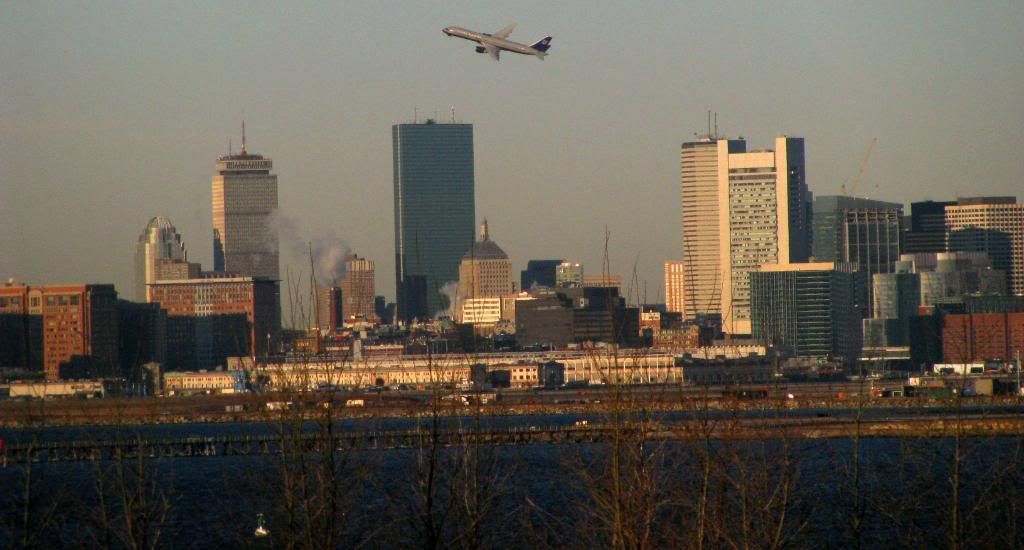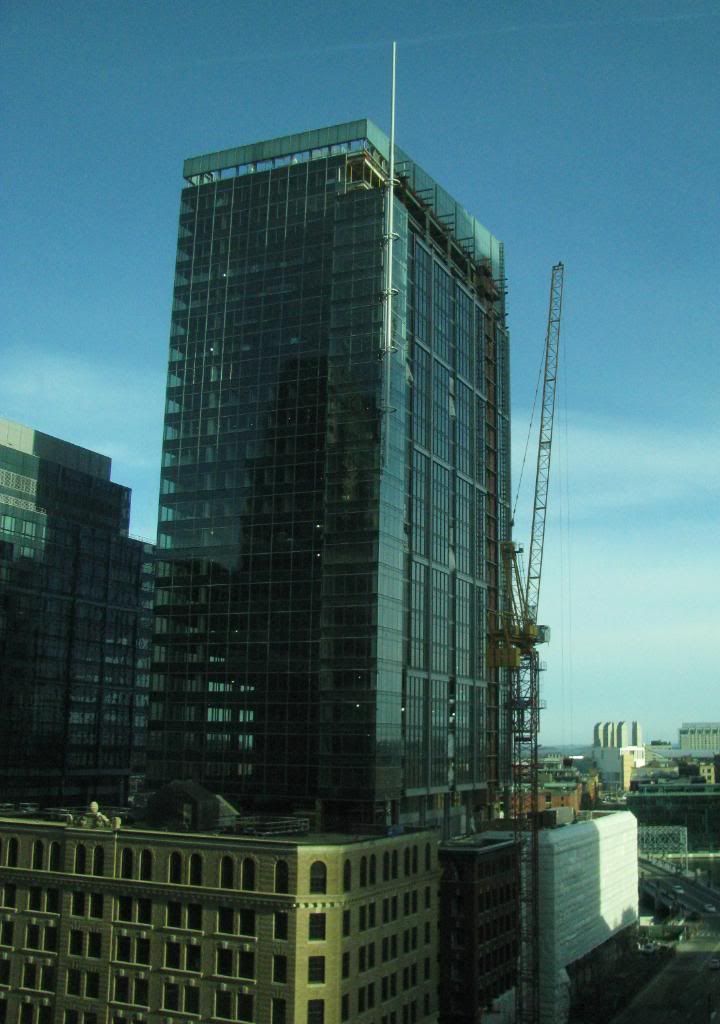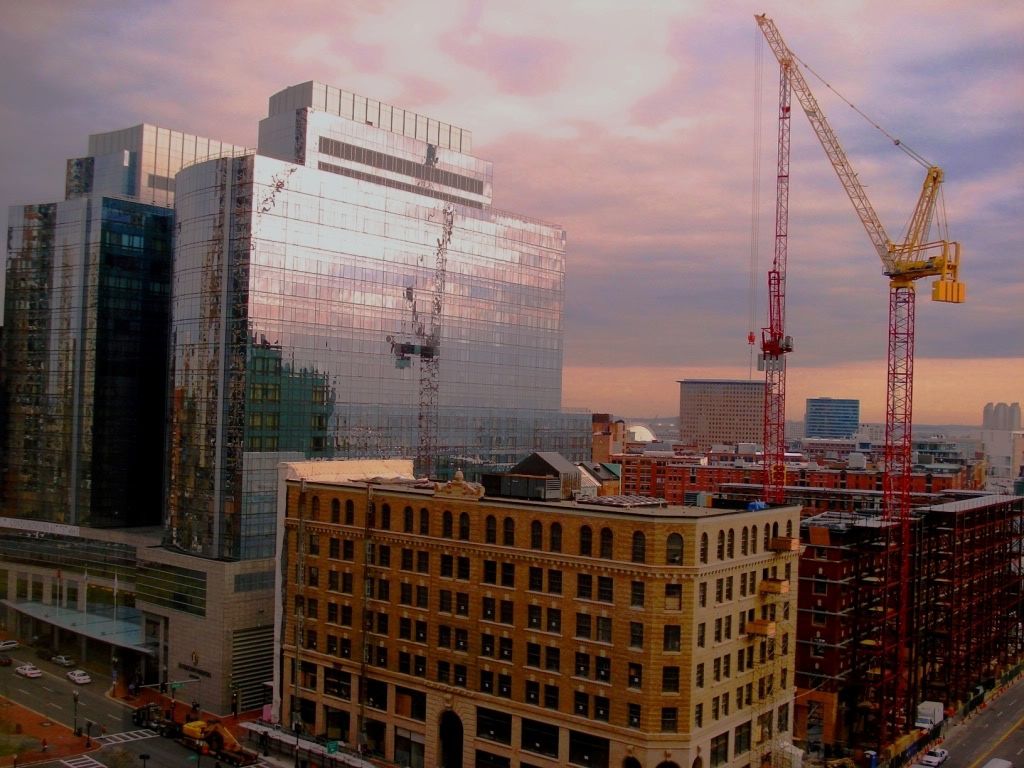I don't think that Boston's architectural trademark for most people is the "brutal skyscraper," and putting it on the level of Gotham skyscrapers or Miami Beach deco is misleading.
Brutalism started in Europe, and any UK housing council or Eastern Bloc city has its share of brutalist high-rises, much more so than here. Stateside, Boston doesn't seem to have many more brutalist skyscrapers than many US cities experimenting with urban redevelopment in the 60s-80s. NYC has the AT&T Long Lines Building, Pei's University Village, Pace U, Waterview Towers, the MetLife building, NYU's Bobst Library, the Adam Clayton Powell state office building, and dozens of nameless apartment high-rises; Minneapolis has Riverside Plaza and other high-rises; Cleveland has the Justice Center and Trust building among others; and DC has numerous brutalist office buildings, starting with the J Edgar Hoover. You find them in Pittsburgh, Montreal, Chicago, San Francisco, Toronto, Miami. Even New Haven -- from the Yale campus to downtown to the IKEA building off I-95 -- has a whole bunch of 'em.
Back in Boston, we have brutalist skyscrapers in the Federal Reserve Building, the Christian Science Admin Building, the Harbor Towers, Peabody Terrace and the BU Law School. Looking a bit shorter, you throw in City Hall, the Hurley, and a few smaller structures in Boston and Cambridge. But lists of brutalist buildings including
Wikipedia's non-comprehensive list, or those at
SkyscraperCity.com or
SkyscraperPage.com are indicative of how many other cities in this country and abroad have many more brutalist structures. IMO, not a huge part of the city's total mass of buildings, and not unique to Boston.
Also, I'd say this is one of the most, if not the most, polarizing architectural styles where the critics (today and yesterday) are generally yea and the laity nay (City Hall and Peabody Terrace being two such local examples of that polarization).









